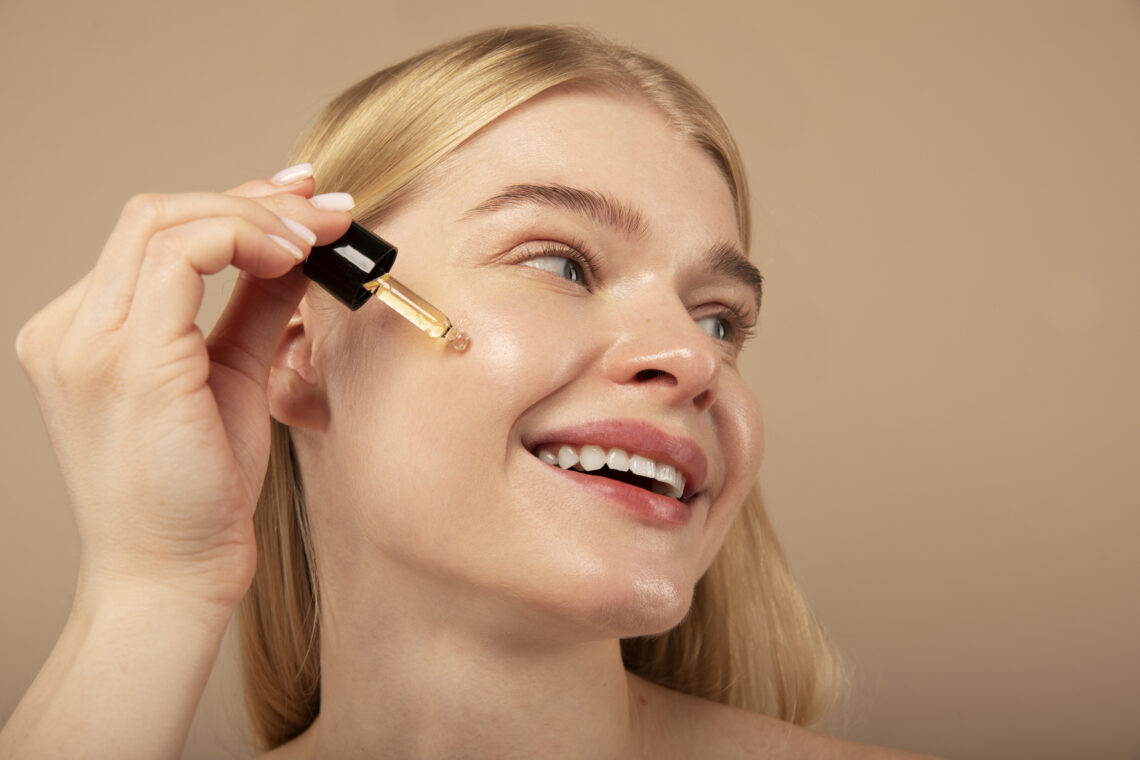Chemical peels have become increasingly popular as an effective solution for various skin concerns. Whether you’re looking to diminish acne scars, reduce hyperpigmentation, or rejuvenate your skin’s texture, chemical peels can provide remarkable results. However, it’s crucial to remember that proper aftercare is just as important as the peel itself. In this comprehensive guide, we’ll delve into the essential aspects of chemical peel aftercare to ensure you achieve optimal results while minimising potential side effects.
Understanding Chemical Peels

Before we delve into aftercare practices, let’s take a moment to understand what chemical peels are and how they work. Chemical peels involve the application of a specialised solution to exfoliate and remove the outermost layer of your skin. This process triggers the skin’s natural healing response, leading to the formation of new, healthier skin cells. Chemical peels vary in strength, with superficial, medium, and deep peels targeting different layers of the skin.
1. Preparing for a Chemical Peel
Before undergoing a chemical peel, it’s essential to consult with a skincare professional who can assess your skin type and recommend the most suitable peel for your concerns. They will provide specific instructions to prepare your skin prior to the procedure, which may include discontinuing certain skincare products or treatments. It’s important to disclose any existing skin conditions, allergies, or medications you’re taking to ensure a safe and effective peel.
2. The Importance of Chemical Peel Aftercare
Chemical peel aftercare plays a pivotal role in achieving the best possible outcomes and minimizing potential side effects. Immediately after a chemical peel, your skin is more susceptible to damage and requires gentle care and protection. Following a proper aftercare routine will promote healing, reduce the risk of complications, and maximise the peel’s results.
Immediate Post-Peel Care
In the first few hours and days after a chemical peel, your skin may feel sensitive, tight, and slightly uncomfortable. It’s crucial to follow the specific instructions provided by your skincare professional, as they may vary depending on the type of peel you received. Gentle cleansing and moisturising are key during this time to maintain the skin’s moisture barrier and support the healing process. Avoid harsh ingredients, exfoliation, and direct sun exposure.
3. Long-Term Aftercare Practices
Beyond the immediate post-peel phase, long-term aftercare is equally vital for the overall success of your chemical peel. One of the most crucial aspects is protecting your skin from the sun. UV rays can significantly impact the healing process and potentially cause hyperpigmentation. Applying a broad-spectrum sunscreen with at least SPF 30 daily is essential. Additionally, using gentle skincare products without harsh ingredients, such as fragrances or exfoliants, will help maintain the skin’s balance and minimise irritation.
Key Ingredients for Chemical Peel Aftercare
To enhance the healing process and nourish your skin, incorporating specific ingredients in your aftercare routine can be highly beneficial. Moisturisers and serums containing hyaluronic acid, ceramides, and natural oils can provide deep hydration and support the skin’s barrier function. Antioxidants like vitamin C and green tea extract help protect against free radicals and promote collagen production. Additionally, incorporating soothing ingredients such as aloe vera or chamomile can help alleviate any residual redness or inflammation.
4. Common Mistakes to Avoid
To ensure a successful aftercare experience, it’s important to steer clear of common mistakes that can hinder the healing process. One of the most significant mistakes is over-exfoliating or using harsh products, as this can exacerbate skin sensitivity and delay healing. Avoid the temptation to pick or peel off the skin prematurely, as this can lead to scarring or infection. Lastly, always follow the guidance and advice provided by your skincare professional, as they understand your skin’s unique needs and can address any concerns or complications that may arise.
Learn more about Overcome Skin Peeling Errors: Magic Transformation
5. Timeline of Recovery and Expected Results
Understanding the timeline of recovery after a chemical peel is crucial for managing expectations and knowing what to anticipate. The duration of recovery varies depending on the type and depth of the peel. In general, you can expect your skin to go through stages of redness, peeling, and eventually reveal a refreshed complexion. It’s important to attend follow-up appointments as recommended by your skincare professional to monitor progress and discuss any necessary maintenance treatments to sustain your desired results.
FAQs about Chemical Peel Aftercare
Let’s address some frequently asked questions about chemical peel aftercare:
- How soon can I apply makeup after a chemical peel?
- Can I exercise or engage in strenuous activities post-peel?
- Will my skin be permanently sensitive after a chemical peel?
- What can I do to minimize peeling and dryness after a chemical peel?
- Is it normal to experience slight discomfort or itching during the healing process?
Consulting with your skincare professional and adhering to their personalised advice is crucial in addressing any concerns or uncertainties you may have.
Find more about “How to care for your skin after a peel“
Chemical peel aftercare is a vital component of achieving optimal results and minimising potential side effects. By following a proper aftercare routine, you can support the healing process, protect your skin, and enhance the long-term benefits of your chemical peel. Remember to consult with a skincare professional for personalized guidance and to address any concerns or complications that may arise. With the right care and patience, you’ll soon enjoy the rejuvenated and radiant skin you’ve always desired.



